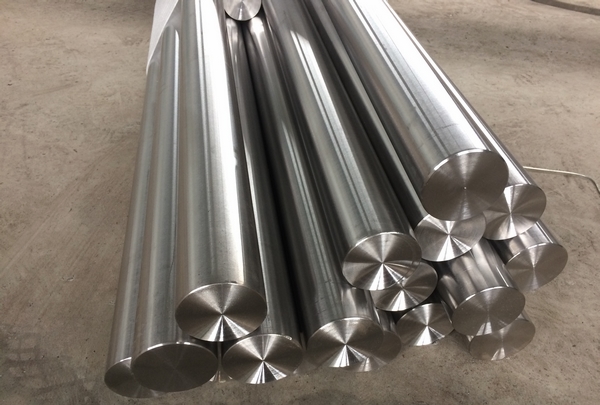Titanium is very stable in the air at room temperature. When heated to 400 – 550 C, a solid oxide film is formed on the surface, which plays a protective role in preventing further oxidation. Titanium has a strong ability to absorb oxygen, nitrogen and hydrogen. This kind of gas is a very harmful impurity to titanium metal, even if its content is very small (0.01%-0.005%) it can seriously affect its mechanical properties. Among the titanium compounds, titanium dioxide (titanium dioxide) has the most practical value. Ti02 is inert and harmless to human body. It has a series of excellent optical properties. Ti02 is opaque, with high gloss and whiteness, high refractive index and scattering power, strong covering power and good dispersion. The pigment is white powder, commonly known as titanium white, which is widely used. The mechanical properties of titanium, commonly known as mechanical properties, are closely related to its purity. High purity titanium has excellent machinability, good elongation and section shrinkage, but its strength is low and it is not suitable for structural materials. Industrial pure titanium contains appropriate amount of impurities, has high strength and plasticity, and is suitable for making structural materials.

Titanium alloys have low strength and high plasticity, medium strength and high strength, ranging from 200 (low strength) to 1300 (high strength) MPa, but in general, titanium alloys can be regarded as high strength alloys. They have higher strength than aluminium alloys considered to be medium strength, and can completely replace some types of steel in strength. Compared with the rapid decrease of strength of aluminium alloys at temperatures above 150 C, some titanium alloys still maintain good strength at 600 C. Titanium, a compact metal, has attracted great attention in aviation industry because of its light weight, higher strength than aluminium alloy and its ability to maintain higher strength than aluminium at high temperature. Since the density of titanium is 57% of steel, its specific strength (strength/weight ratio or strength/density ratio) is high, and its corrosion resistance, oxidation resistance and fatigue resistance are strong, three quarters of titanium alloys are used as structural materials represented by Aeronautical Structural alloys, and one fourth is mainly used as corrosion resistant alloys. Titanium alloys have high strength, low density, good mechanical properties, good toughness and corrosion resistance. In addition, titanium alloy has poor technological performance and difficult cutting. It is easy to absorb impurities such as hydrogen, oxygen, nitrogen and carbon in hot working. There are also poor wear resistance and complex production process. The industrialized production of titanium began in 1948. With the development of aviation industry, the titanium industry is growing at an average rate of 8% per year. At present, the annual output of titanium alloy processing materials in the world has reached more than 40,000 tons, and there are nearly 30 kinds of titanium alloy grades. The most widely used titanium alloys are Ti-6Al-4V (TC4)’Ti-5Al-2.5Sn (TA7) and industrial pure titanium (TA1, TA 2 and TA3).
There are three kinds of heat treatment processes for titanium rods and titanium alloy rods:
- Solution treatment and aging:
In order to improve its strength, alpha titanium alloy and stable beta titanium alloy can not be strengthened by heat treatment, but only annealed in production. Alpha+beta titanium alloys and metastable beta titanium alloys containing a small amount of alpha phase can be further strengthened by solution treatment and aging.
- Stress relief annealing:
The purpose is to eliminate or reduce the residual stress in the process of processing. Prevent chemical erosion and reduce deformation in some corrosive environments.
- Complete annealing:
The purpose is to obtain good toughness, improve processing performance, be conducive to reprocessing and improve the stability of size and structure.
